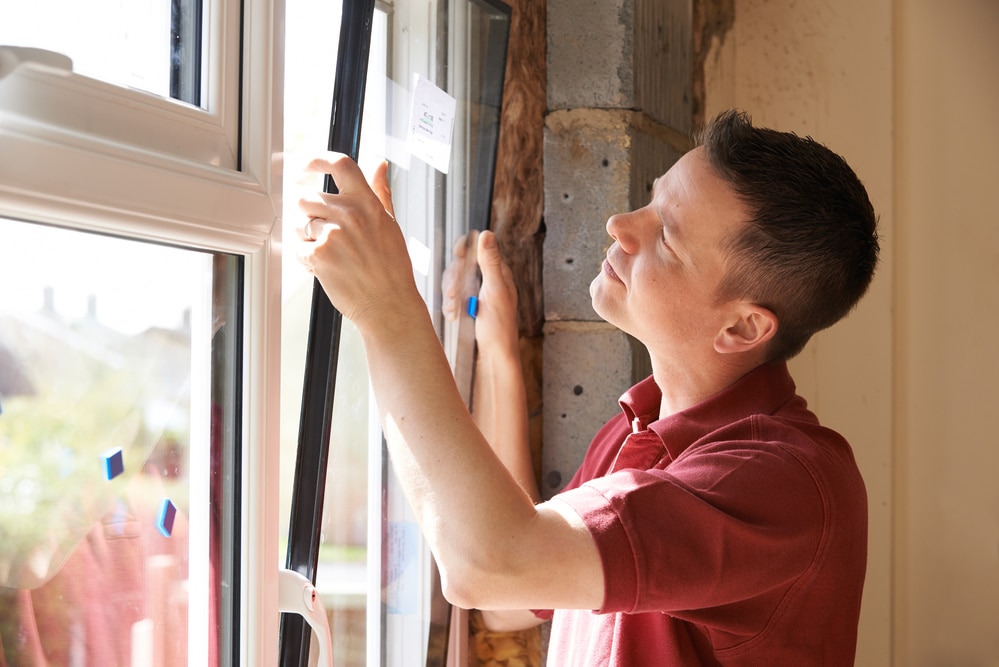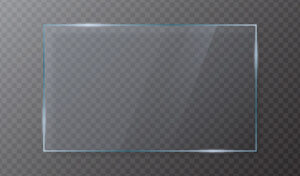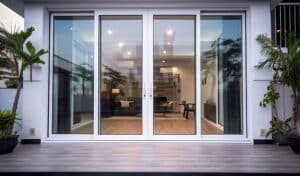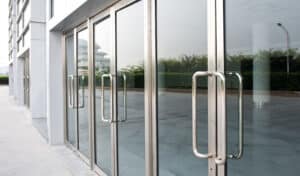Vintage and antique windows are easy to spot: They look wavy and distorted. A lot of homeowners adore the charm of these “wavy windows,” but it’s also a good indication they are probably subpar when it comes to insulation.
You’ll most often find wavy windows in homes built before the 20th century, although glass doesn’t get wavy overnight. Slowly, the glass in homes built in the early part of the 20th century will also begin to feature this unique distortion.
It’s somewhat of a myth that wavy windows are due to sheer age. Actually, it’s due to the glass-making techniques of the time, which have long been shunned for more high-tech options. Old House Journal reports that in the 19th century, cylinder and crown glass were by far the most popular picks. Both used a special glass-blowing process which, over time, resulted in waviness and ripples. This technique made it impossible to get a uniform appearance in older windows.
“Wave” Goodbye to Old Windows
Today, homeowners care just as much (if not more) about insulation and efficiency than appearances. Replacing wavy windows with new, energy-efficient options is usually a top priority for homeowners renovating or flipping a house.
You can’t beat the charm of wavy windows, which lend an instant air of antiquity to a home, like beveled or stained glass. If you have a home with original bevel or stained glass, it’s a good idea to have it professionally removed for you to showcase inside the home. Continuing to expose it to the elements will damage it, and it will do nothing to help your heating and cooling bills.
However, modern-day stained glass and beveled windows are available in energy-efficient options. Usually, these decorative windows are used only in the front of the home, and often just flanking the entry door. As an investment, they can be costly, but can also provide a dramatic curbside appeal to your home.
Making Waves
In addition to swapping out wavy windows for energy-efficient models, homeowners should also make sure the seal between frame and glass is secure. A poor seal is a common cause of lost energy. Window treatments, including blinds and curtains, can also help improve insulation and keep interior temperatures steady.
As for those old, wavy windows? If you’ve fallen in love with them, getting rid of them is not the only option. Get creative and find an interior space to use them. Turning them into a headboard is a great idea. Be careful, though, because older windows don’t have safety glass. Keep them out of high-traffic areas.
For more tips on renovating windows, contact Murray Glass.





